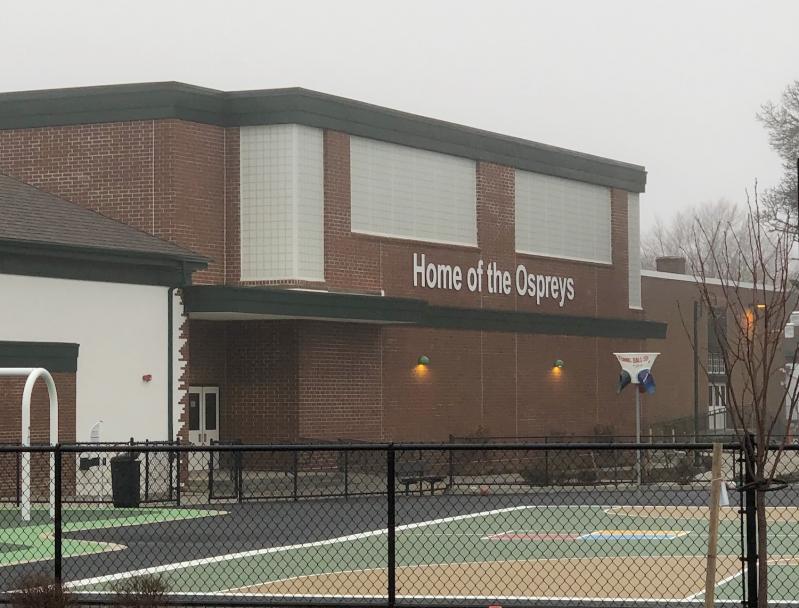As they struggle to build a 2022-23 budget that stays within New York State’s cap on tax-levy increases, Springs School District administrators said they have now zeroed out their earlier drafts and started over.
“Zero-based budgeting,” as this approach is known, is more labor-intensive than the “rollover” method that the administrators previously used as a starting place. During Tuesday’s school budget workshop, Debra Winter, the district superintendent, called that “typical,” but added, “we are starting from scratch.”
During a previous workshop, however, the rollover method left the district facing a possible cap-busting tax-levy increase of 8.48 percent. The state limit on tax-levy increases put Springs at 5.45 percent, which is different from the “2-percent tax cap” that people are used to hearing about because of factors specific to Springs, such as robust real estate development and debt payments.
Since that point, to stay within the tax cap, administrators are trying to cut $834,707. The alternative is to attempt to override the tax cap, which would require a supermajority of 60 percent of district voters to say “yes” to the budget on May 17. An overall budget figure for 2022-23 has not been publicly shared yet; that discussion is slated for the next workshop, on April 5.
“We went back to the drawing board, after direction from the board of education, to find a way to come in at the cap or below the cap,” Ms. Winter said. “We don’t have our final number yet. . . . We think we’re getting close to that cap number and not having to extend, but we’re not there yet.”
Teachers and parents slammed a controversial plan involving increased class sizes at the third and fourth-grade levels, where four sections in each grade would be consolidated into three, and the division of the three fifth-grade classrooms into four sections. The changes would result in one teaching position being eliminated.
Tracy Frazier, who is both a Springs teacher and district resident, opposed the third and fourth-grade changes. The school “has always been fortunate to put kids and class numbers first,” she said. “It makes a difference. That’s not just a Springs thing — that’s a research thing.” But because of Covid-19, many of those kids have “barely had a year of education, and statistically are behind” in every subject area, Ms. Frazier said.
A crowd of more than 20 parents and teachers applauded her comments.
Grace Peterson, a parent, called in to the meeting to suggest restructuring the district administration. “We are very top-heavy with administrators right now,” she said. “The parents would really like to see that every possibility is exhausted” before class sizes are changed.
“We hope that the board is considering reducing the role of some administrators to part time . . . before making cuts elsewhere,” Ms. Peterson later added.
Ms. Winter and Christine Cleary, the principal, presented spending plans for special education and general education, including classroom supplies, equipment, tuition, teacher training, and textbooks. Employee salaries are considered separate and will be discussed at the board’s next workshop.
In special education, Ms. Winter proposed decreasing the overall budget from $3.48 million down to $2.99 million, a difference of about $482,000. The savings, she said, comes mostly from adjustments to BOCES tuition for out-of-district educational plans for children with disabilities, which can run upward of $100,000 per student. This year, Springs had $781,000 budgeted for BOCES tuition, but will not be using all of it.
“We are going to cut this very close and say the maximum we would have is three students at $375,000,” Ms. Winter said, telling the school board that she is “comfortable” with that recommendation.
The other special education budget line that has been trimmed is the “lunch cart,” which provides food to students who forget to bring — or can’t bring — their own lunches and snacks. A donation drive called Susan’s Lunch Drawer, established in memory of a longtime school employee who recently died, has raised about $10,000 to support the lunch cart, so Ms. Winter suggested cutting the service’s original $4,500 budget.
The presentation on general education covered “about one-third of the entire budget,” Ms. Cleary said. “It includes all the meat and potatoes for all the teaching and learning we do here.”
The proposal keeps spending flat in the areas of computers, state-mandated teacher evaluations, and after-school activities and sports. The budget line for library media would increase slightly, while those for textbooks, training, supplies, and equipment would decrease by about $27,000, to $337,197.
Tuition to East Hampton High School for Springs kids in the ninth through 12th grades is expected to rise significantly — by just over $1 million, up to $7.9 million, a result of not only increasing enrollment in the general education program, but also a 2-percent increase in the tuition rates. The cost for each general education student will be $24,113 next year; special education rates are higher, $40,766 for each inclusion student and $65,618 per student in the self-contained classrooms.
However, the projected number of high school students was questioned by David Buda, a Springs resident who closely watches happenings in the school district and East Hampton Town. The district is planning for 356 general education students and 44 special education students next year, whereas this year, between October and February, Springs was paying tuition for between 331 and 346 general education students and 42 in the special education program.
“I’m heartened to hear that the administration, at the urging of the board, is getting closer to satisfying the cap and not exceeding it,” Mr. Buda said. But, he later added, “The numbers don’t add up. . . . There’s a discrepancy there, and that adds up to a couple of hundred thousand dollars that needs to be looked at.

